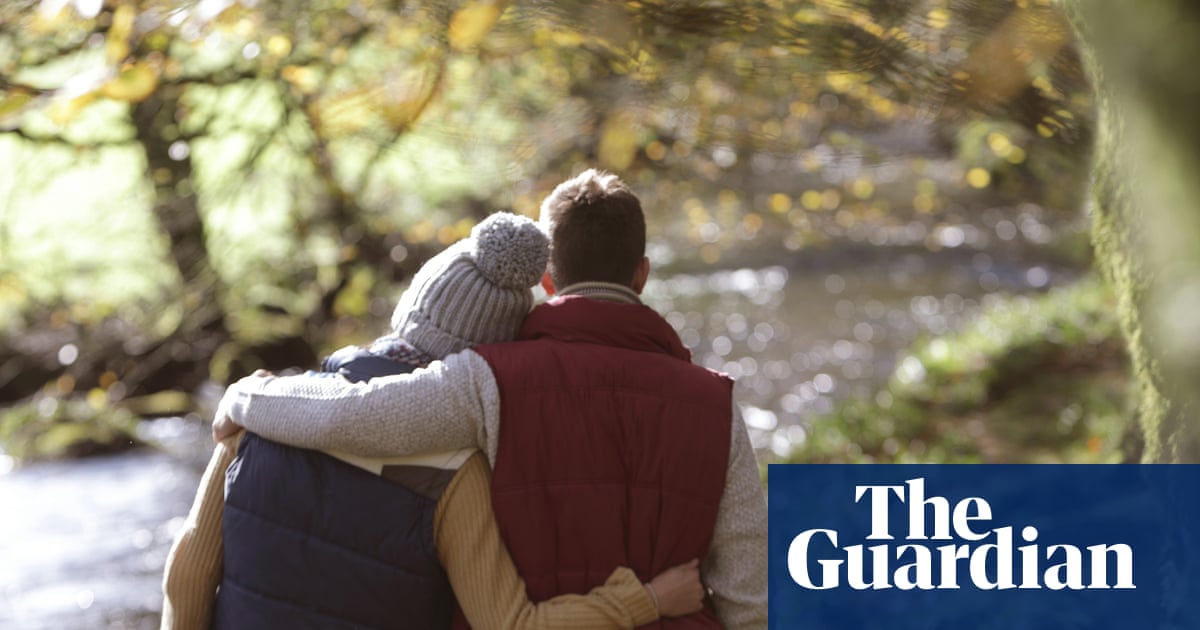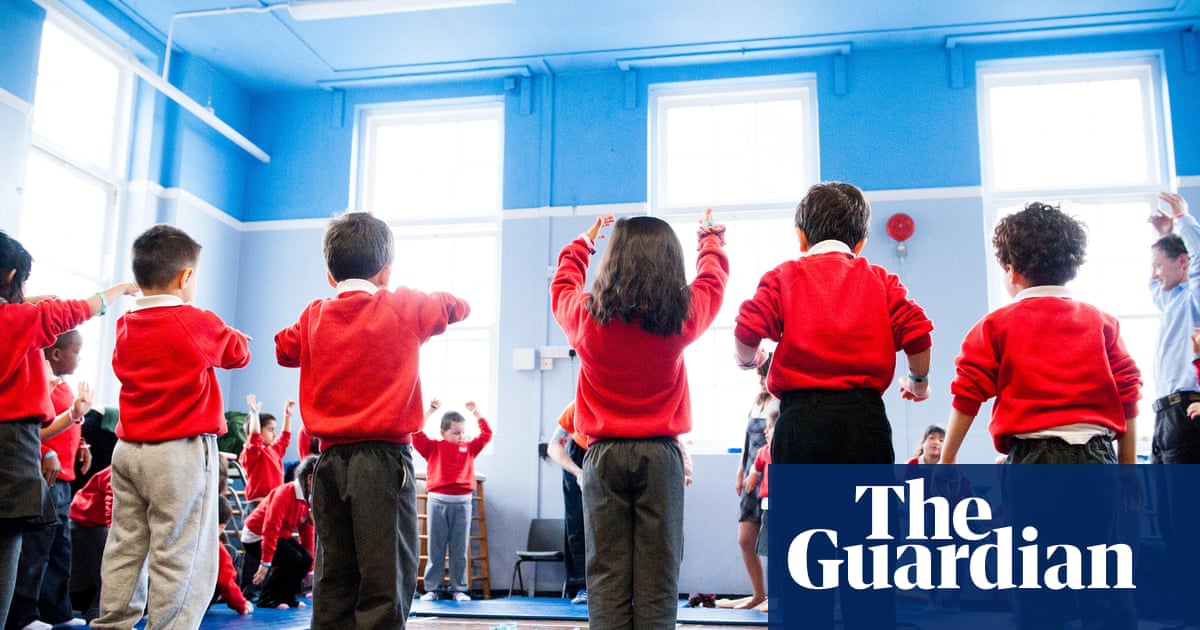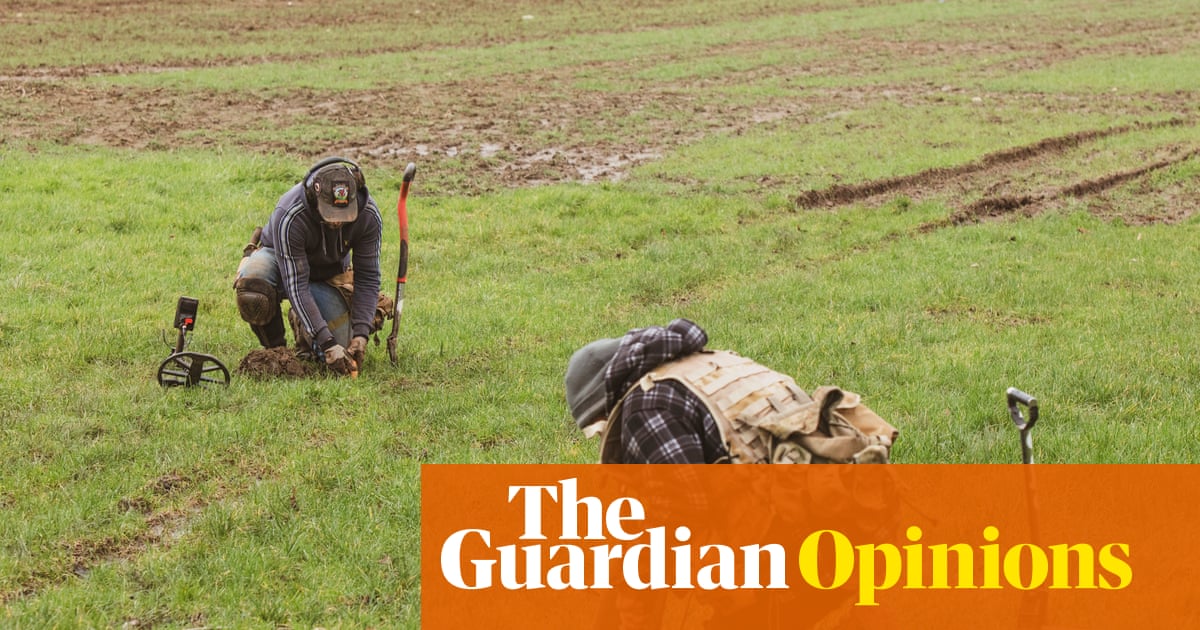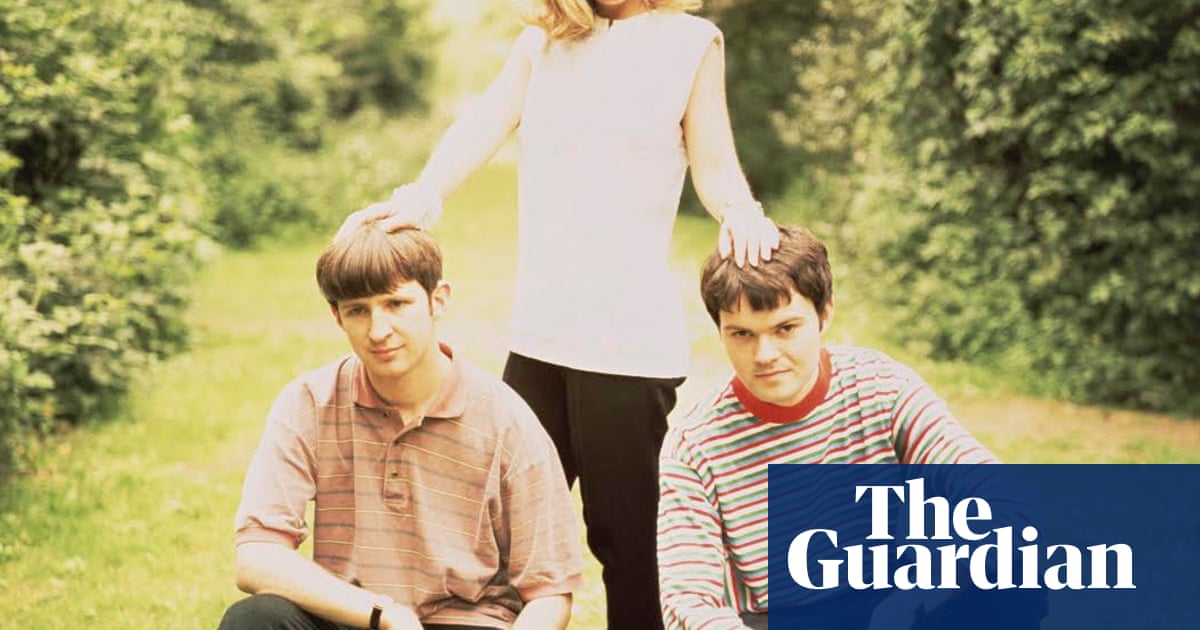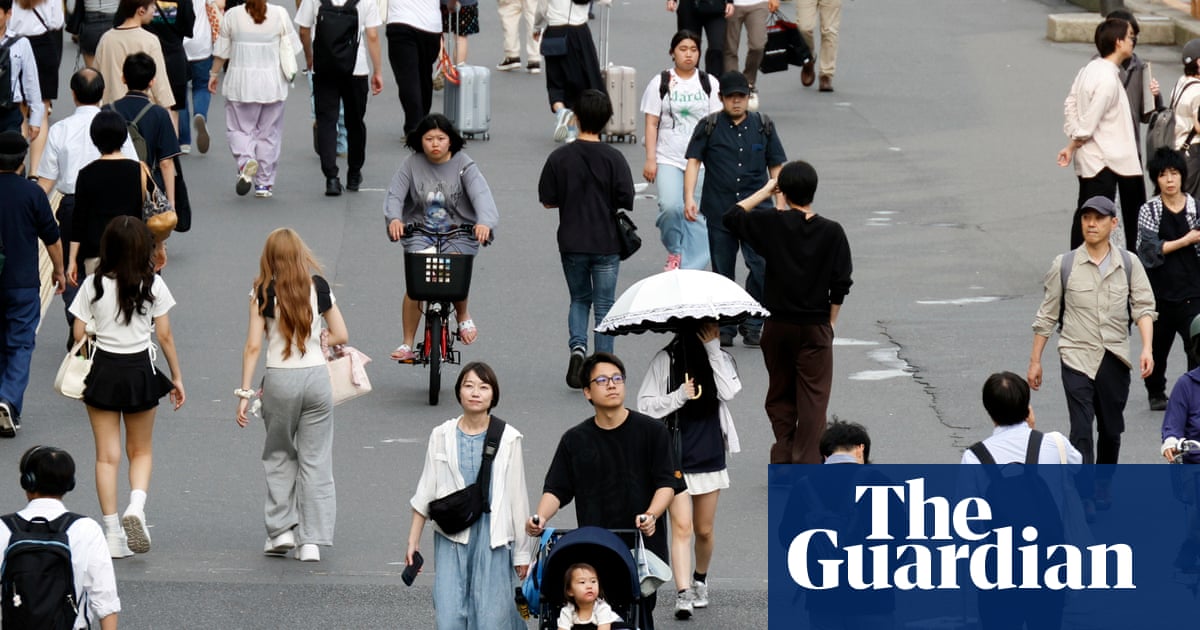It felt like a classic British beach outing, but with more reliable weather. Toting umbrella, towels, sun cream, water and a cool-box picnic, my husband, son and I turned our backs on the marina in Porto Palo, near Menfi in south-west Sicily, and walked west. About 10 minutes on a narrow signposted coastal path brought us to Le Solette, a half-mile curving golden beach between rocky outcrops and backed by low hills. It’s a gorgeous spot, with soft sand and clear water in hues from turquoise to indigo – but the most remarkable thing about it is not what’s there, but what’s not.
Seaside resorts in north and central Italy are a strange phenomenon: the sand is usually almost invisible beneath pairs of sunbeds and matching umbrellas. OK, there is the convenience of loos and showers, but at what cost? I’ve been to resorts in Liguria, in north-west Italy, where from Easter to September a walk along the front affords views not of the sea but of the walls and changing cabins of an unbroken row of beach stabilimenti.
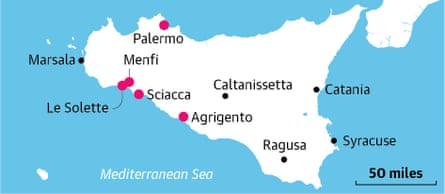
But quiet, undeveloped beaches can be found – and more easily in southern Italy, Sardinia and Sicily, and away from cities. (Mondello, near Palermo, for example, also has bathing-establishment blight.) One of our favourite areas is around Menfi – just an hour and 20 minutes’ drive south from Sicily’s capital. Many of the town’s older buildings were destroyed in an earthquake in 1968, so its architectural sights are limited, but it’s in one of the island’s top food- and wine-producing areas, so offers great restaurants, farmers’ markets and vineyard visits.
Even better, it’s a couple of miles from a barely developed stretch of coast, where golden sandy beaches – with blue flag status for nearly 20 years – are punctuated with wild, scrubby headlands and small villages. The coast of Tunisia is just 100 miles away, a lot nearer than Naples or Rome.
We stayed in a low-rise holiday let, Villa Melograno (sleeps six from €1,430/£1,225 a week) just outside Menfi, enjoying early June temperatures in the mid-20Cs, sea views from the garden and daily forays to whichever seaside spot took our fancy.
On lazy days we made for the nearest: dune-backed Lido Fiori, which has a minimarket, a couple of fish restaurants overlooking the water and a clear stream running across its western end.
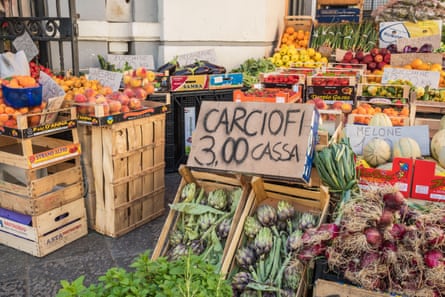
For more bustle, we’d drive to the wider sands of Porto Palo, a fishing village with a good choice of places for an evening pizza. Getting to Le Solette took more effort but this was rewarded with a blissful day of swimming, snoozing and snorkelling, with not a building and barely another person in sight.
The Menfi coast does get busier in August, when Italians from Palermo and the mainland arrive and temperatures soar. Shoulder-season heat was perfect (as a bonus, most coastal car parks don’t start charging until mid-June). October, with highs between 21 and 25C, also sounds appealing.
This being Sicily, there is plenty to do away from the beach. The fertile, sun-soaked land around Menfi is known for olives, vines and vegetables (particularly the Slow Food-registered spiny artichoke, in season December-April). We enjoyed shopping at the Wednesday farmers’ market in Menfi (in high summer it’s also held on Friday evenings in Porto Palo) for tomatoes, peppers, aubergines, herbs and salads smelling of southern sunshine, plus cheeses and cured meats.
Olive oils from the 250-year-old Ravidà estate north-west of Menfi are prized abroad (and stocked in Waitrose); it offers tours, tastings and cookery classes. But if we come back in autumn, we’ll head instead to the down-to-earth Casale Abate, which offers a “family olive harvest” (weekends from 26 September-26 October, €250 for four people including two nights’ accommodation) where everyone joins in hand-picking the olives, pressing them and tasting the ultra-fresh oil on warm bread.
Younger families would love a new attraction that opened last autumn close to Casale Abate: at the Ricupa open farm, kids can have a go at collecting eggs, milking cows and goats, picking fruit and learning how vegetables grow.
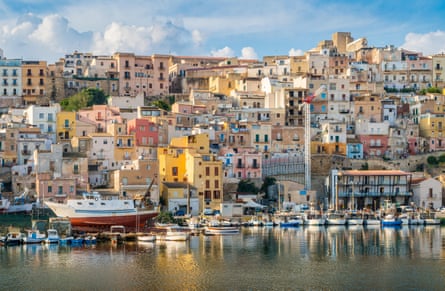
At the start of this century, the Menfi area was in the early stages of a wine renaissance, revitalising a tradition that began before the Romans, flourished under Julius Caesar (whose favourite wine came from Sicily) but languished in the 20th century as bulk shipments of low-grade plonk became the norm. Now refocused on quality wines, the area is being called “Menfishire”, or “Sicily’s Chiantishire”, and its 7,000 hectares produce 40% of the labelled wine that Sicily exports around the world. We tried the Mandrarossa winery, on the way to Porto Palo, and enjoyed our pick of four wines, with nibbles, on a panoramic terrace with views out to sea (€30pp). Its plummy, blackberry, peppery 2023 nero d’avola lingered long on the palate, and in my memory.
Another day we hired bicycles from Sanzone in Menfi to ride the well-surfaced former railway line from Menfi to Porto Palo, earning a large ice-cream each from Gusto Giusto on the main road into the village. Our son was so inspired that the next day he cycled east on the same path to meet us 10 miles away in the port of Sciacca, with its baroque centre and Castello Incantato (adult €5), a slightly mad sculpture park created in 1919 by émigré Filippo Bentivegna returning after an unhappy stay in the US. The top cultural draw around here is a lot older than that, though.
after newsletter promotion
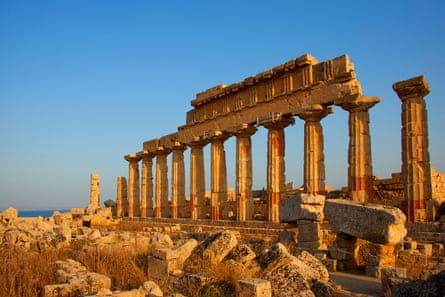
This year will see bigger than usual crowds at the Valley of the Temples in Agrigento, 50 miles east of Menfi, as the town basks in being Italy’s Capital of Culture. So 2025 is a good time to visit instead the more extensive, if less intact, ruins of the Greek settlement of Selinunte (adult €14) founded in the seventh century BC. It’s only a 20-minute drive from Menfi, so we went one cloudless morning and wandered open-mouthed, and mostly alone, from one huge ruin against its backdrop of sparkling sea to another (Temple E is the best-preserved), a relatable grid of streets to the north with the remains of housing and shops, and an acropolis with five more temples. Come lunchtime we had walked miles and were glad to collapse in the sea-view bar by Poseidon’s temple. (A little electric train trundles round the site and may be tempting in high summer, though it’s a little pricey at €8pp.)
Though grand in its day, with a population of 30,000 (or 100,000; experts disagree), Selinunte had a relatively short life, lasting about 240 years. It was destroyed by Carthaginians in about 250BC, during the first Punic war, and never rebuilt. Earthquakes, weather and time have since added their depredations.
And there it sits, sun-soaked, wave-lapped and so vast it can absorb bus-loads of visitors without ever feeling crowded. A bit like this whole, happy coastline.
More places to eat and sleep
Casale Abate has one- and two-bedroom bungalows with a shared pool 15 minutes’ drive from the beach, from €427 a week, on booking.com
Right on Lido Fiori beach, Le 4 Stagioni has rooms from €90 B&B and one- and two-bed apartments from €100. Its restaurant specialises in local fish, paired with wine or Sicilian craft beers.
Salisà is a slightly smarter fish restaurant just along the beach, which a couple of years ago added peaceful new-build accommodation among fields half a mile inland, with rooms (from €126 B&B), pool and generous breakfasts.
In the centre of Menfi, La Regina di Alabastro does traditional fish and meat dishes and great pizzas. Elegant rooms sleep two to five from €110 room-only. Hourly buses run in summer from the town to Porto Palo and Lido Fiori.

.png) 1 month ago
80
1 month ago
80












